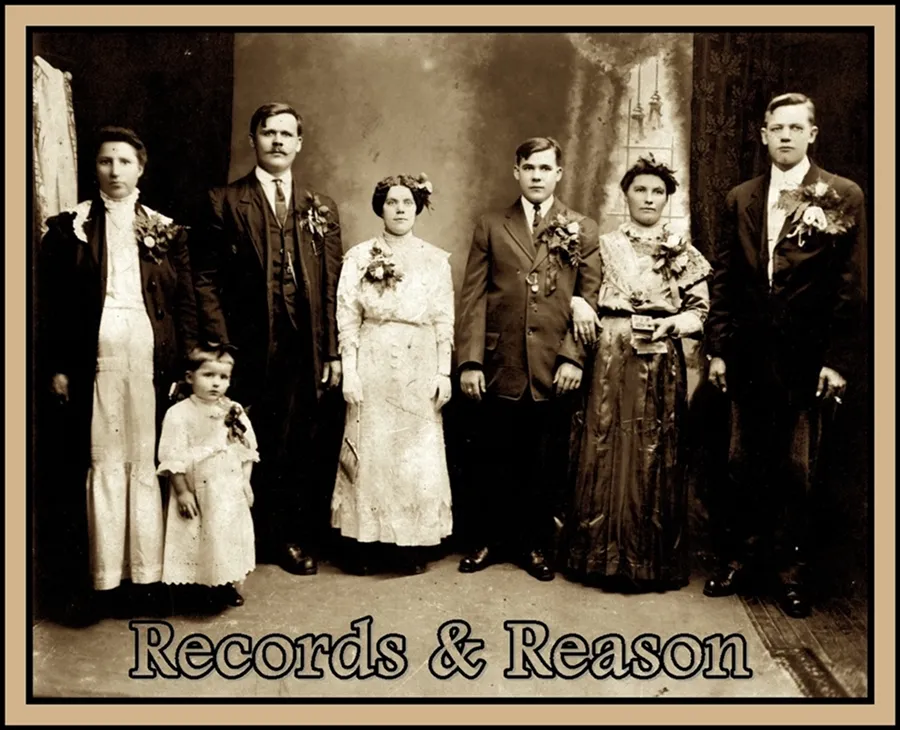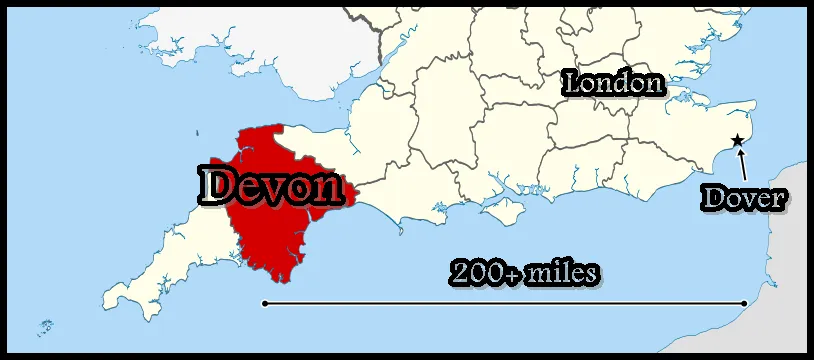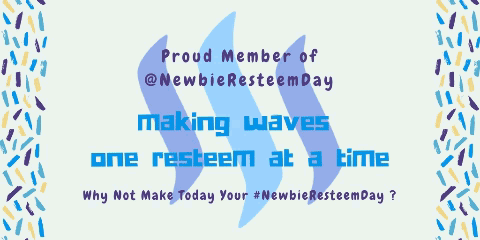
Okay, for the OCD in me, Issue #1 wasn't called Records & Reason - and wasn't labeled as Issue #1... but it was, for all intents and purposes Issue #1 of Records & Reason. (sticking tongue out at everyone who wants to complain.)
I called it this because one of the big challenges in genealogy (family history research) is finding records and making sense of it all!
I started off the day not making it to church because I had children who were not feeling their best. So, I decided it was a good opportunity to do some indexing for Family Search.
What that means is taking the information from scanned records and inputting them into the giant database so that others can have a chance to find their ancestors.
Literacy in the 1800s
Today’s batches were taken from Derbyshire in England.
One group of marriage records struck me. They were from 1811 and 1812. In more than half of the cases, the people getting married had to use an X to sign their names, being illiterate. Thankfully, the vicar’s handwriting was reasonably good, but it hadn’t occurred to me that literacy was that recent of an invention. We tend to think of illiteracy as being a much older trend – something of the middle ages or something, but it was very recent.
I was also looking at some more records from Sweden earlier, again, 1800s, and there were boxes for them to mark about whether they could read and even indicated some things they were able to read such as Luther’s Catechism.
After getting through the easy entries and one nightmare from 1580, where the book had got wet, I had had enough… so back to working on my own.
Two of the things I plan to cover in my series are things to do, and things not to do…
What to DO on your family tree
Things that will help everyone!
- Learn the commonly accepted way of writing dates. This is different from everyday usage!!! In England, one would write the day first, then the month. In the US, you write the month then the day. There are even places where the year comes first! This is fine in some cased, but someone born on 2/3/11 could cause significant confusion. Is that Feb 3, 1911; 2nd of March, 1911, or even 1902, March 11? SO, the way to write the date for genealogy is ALWAYS:
day, MONTH, year (3 February 1911)
Some programs, like Family Search want the month spelled out. Others, including Ancestry just want the first three letters of the month. Both are acceptable and understandable.
Birth vs Baptism – Often, when there is a discrepancy between birth dates, the earlier one is the birth date and the second is the baptismal date. The first date often had few witnesses, whereas the vicar was considered a good witness of the second. Often baptismal records will also have the birth date, but not always. I saw one page today where the birth date was described as the “alleged birth date” - hahaha.
One record I was looking at today for an Elizabeth Deming – shows two very different birth dates. I can almost guarantee that the second one is a baptism as it mentions the parish as well when the child was about 18 months old.Spellings were not standard. Be forgiving of minor differences in spelling. I tend to use the oldest record I can find (preferably the birth record) to choose which spelling to use – as that’s what they were born with.
What NOT to do on your family tree
Things that are irritating for everyone who follows you. This is a huge project for humanity – not just your progeny.
The first few things today have to do with the NAME field in an ancestor database.
ALL CAPS – Whereas in years gone by, it was customary for genealogists to refer to the SURNAME in all caps, in the age of the clever database, this is no longer done – and just has to be corrected by the people coming after you.
Add weird things to the name section – I’ve seen weird sets of stars added to names (using the suffix or title area, generally) or even dates/places. Keep the name simply the name. As you get further back, you’ll find plenty of opportunity for the name field to get more interesting! (I’ll talk about that when we work on Norway at some point.) I had to edit a whole bunch of dates out of names today. Is it really that hard just to click on the name? Ancestry shows the years for most of the generations without even having to click.
Include titles in the birth name – Although there are exceptions (such as an inherited title), most titles are not part of the baby at birth, so they don’t go in the name of your ancestor no matter how wonderful the title is!
Example 1: Whereas a child repeating his father’s name will be born with the Jr suffix, the father was not born with Sr. So, the Sr should not be included in the birth name. Saying that, I never even include Jr when I work. It’s simply not necessary.
Example 2: Diana, Princess of Wales, was born Diana Frances Spencer (Wikipedia). She did not gain the title Lady until her father inherited the title Earl Spencer in 1975. She did not become Diana, Princess of Wales, until she married Charles. So, if you’re lucky enough to have her in your family tree, she should still be entered as Diana Frances Spencer.
Okay, those are just minor irritations that someone else has to take care of later. The next error is far more serious!
- Skip checking a map – Today, I was comparing the files of my Joanna Foote (who married into the Kellogg line – yes that Kellogg line - I don't remember the exact connection 1st cousin 10 x removed or something like that.) She was born on 1 April 1628 in Devon which is in SW England. According to someone’s information, she was then baptized on the SAME day in Dover, Kent, which is in SE England! Even if they had flight, they would find it very difficult to manage this feat. Absolutely impossible in any other way. So, now, someone’s going to have to figure out whether Joanna is actually from Dover or Devon, delete the incorrect information. Foote is not an uncommon name, neither was Joanna. It’s far more likely that there were two. (The best way of solving this mystery is to find out where she came from when she emigrated to the Colonies – not the US yet!)

That’s it for today’s edition of Records and Reason – feel free to ask me a question in the comments section and I’ll include it in next week’s issue.
(Cover image from PxHere
Map from Wikipedia image by user Nilfanion – used for educational purposes.)
Today’s post is crossposted at: Steemit, Whaleshares and WeKu

Lori Svensen
author/designer at A'mara Books
photographer/graphic artist for Viking Visual
now also on: Whaleshares and WeKu



Banner by @shai-hulud

